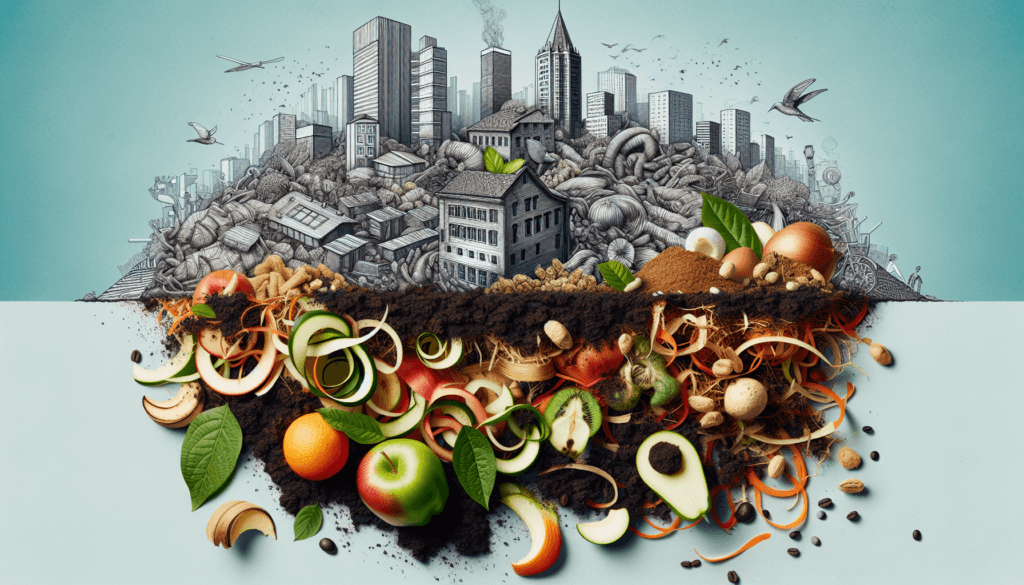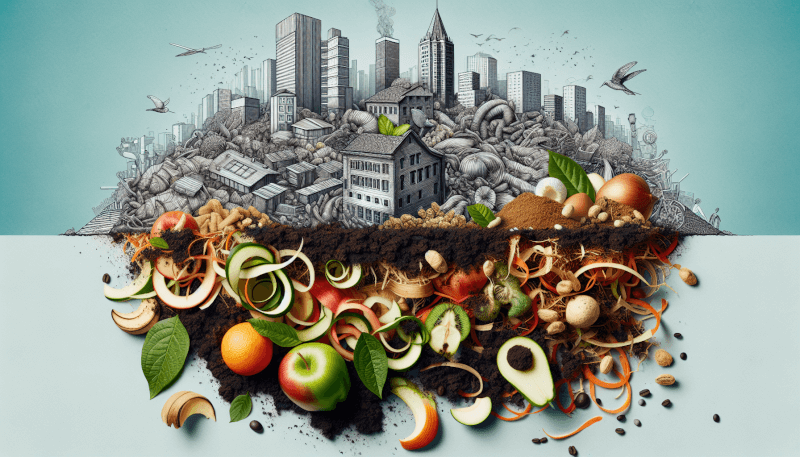Are you an urban gardener with a passion for sustainable living? Look no further, because in this article, you will find all the tips and tricks you need to make your own compost right in the heart of the city. With a little bit of effort and creativity, you can turn your kitchen scraps and yard waste into nutrient-rich compost that will nourish your plants and help reduce waste. Get ready to embark on a composting adventure that will transform your urban garden into a thriving oasis!
Why Composting is Important
Composting is an essential practice for anyone interested in urban gardening. It is an easy and effective way to recycle organic waste and transform it into nutrient-rich soil. By composting, you not only reduce the amount of waste going to landfills but also create a sustainable source of fertilizer for your plants. Composting helps to improve soil health, retain moisture, reduce the need for chemical fertilizers, and promote a thriving ecosystem in your urban garden.
Choosing the Right Composting Method
There are various composting methods to choose from, depending on your space, resources, and preferences. Here are three popular methods to consider:
Vermicomposting
Vermicomposting is the process of using worms to decompose organic materials and turn them into rich compost. This method is perfect for indoor composting or situations where outdoor space is limited. With a simple worm bin and the right mix of organic waste, you can have a thriving worm colony that will produce high-quality compost in a matter of months.
Indoor Composting
If you have limited outdoor space or want to compost year-round, indoor composting is a great option. Indoor composting can be done using a variety of containers, such as buckets or bins, and relies on the natural decomposition process. By carefully managing the compost pile, controlling moisture and temperature, you can produce nutrient-rich compost right in your kitchen or basement.
Outdoor Composting
Outdoor composting is ideal for those with a backyard or larger outdoor space. It involves creating a compost pile or using a compost bin to break down organic waste. Outdoor composting allows for larger quantities of materials and provides a more hands-off approach to composting. With the right balance of ingredients and regular maintenance, you can generate high-quality compost for your urban garden.
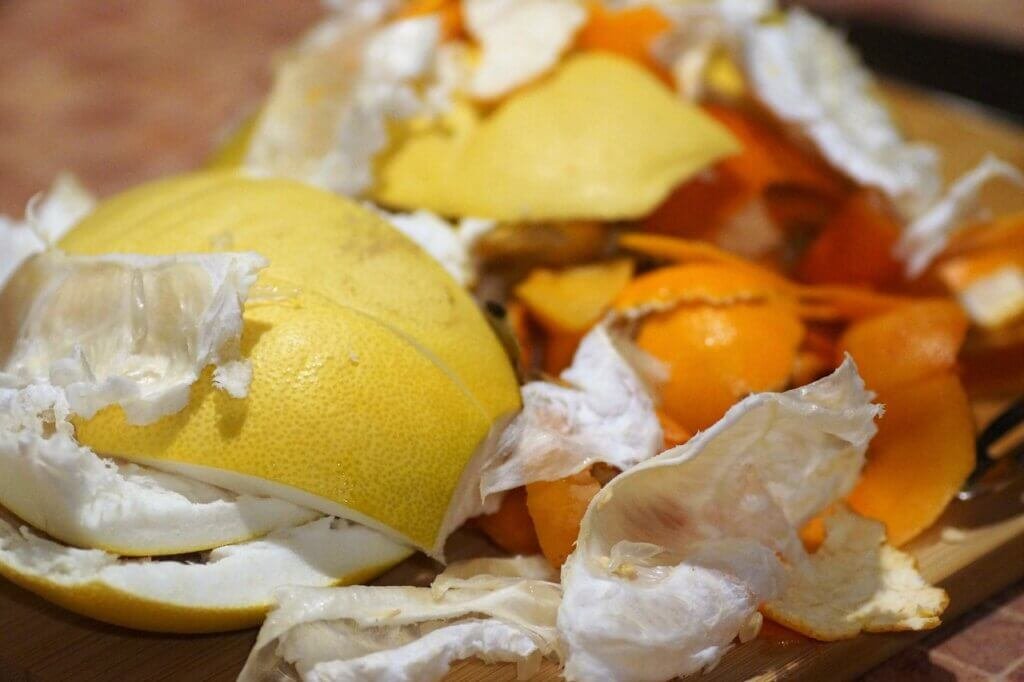
Collecting Composting Materials
To create a successful compost pile, you need a combination of “green” and “brown” materials. Here are some common sources for each:
Kitchen Scraps
Kitchen scraps like vegetable trimmings, coffee grounds, and eggshells are valuable compost ingredients. These materials are rich in nitrogen and will help to speed up the decomposition process. Remember to avoid adding dairy products, meat, or oily foods to your compost, as these can attract pests or create unpleasant odors.
Yard Waste
Yard waste, such as grass clippings, leaves, and small branches, are excellent sources of carbon for your compost pile. These “brown” materials help to balance the nitrogen-rich kitchen scraps and provide structure to the compost. Be sure to shred larger pieces of yard waste to speed up decomposition and create a more uniform compost pile.
Brown Materials
In addition to yard waste, you can also use other “brown” materials like straw, hay, dried leaves, and wood chips. These materials are excellent for adding bulk to the compost pile and improving airflow. Brown materials also help to absorb excess moisture and prevent the compost from becoming too wet or compacted.
Creating the Compost Pile
Once you have collected the necessary materials, it’s time to create your compost pile. Here are the steps involved:
Selecting a Compost Bin
Choose a compost bin or container that suits your needs and space. There are many options available, from homemade bins made from pallets or wire mesh to commercially available compost tumblers or static bins. Consider factors like size, ease of use, and aesthetics when selecting a compost bin.
Layering the Materials
Start by adding a layer of “brown” materials as a base for the compost pile. This provides airflow and helps prevent the pile from becoming soggy. Next, add a layer of “green” materials, followed by a thin layer of finished compost or garden soil. Repeat these layers until you have used all your materials, making sure to maintain a roughly equal ratio of “brown” to “green” materials.
Maintaining the Compost Pile
To ensure proper decomposition, it’s essential to maintain your compost pile. Keep the pile moist, but not overly wet, by watering it regularly. Monitor the temperature inside the pile and strive for a range between 110°F to 160°F (43°C to 71°C), as this promotes optimal decomposition. Additionally, occasionally turn or aerate the pile to provide oxygen and distribute heat evenly.
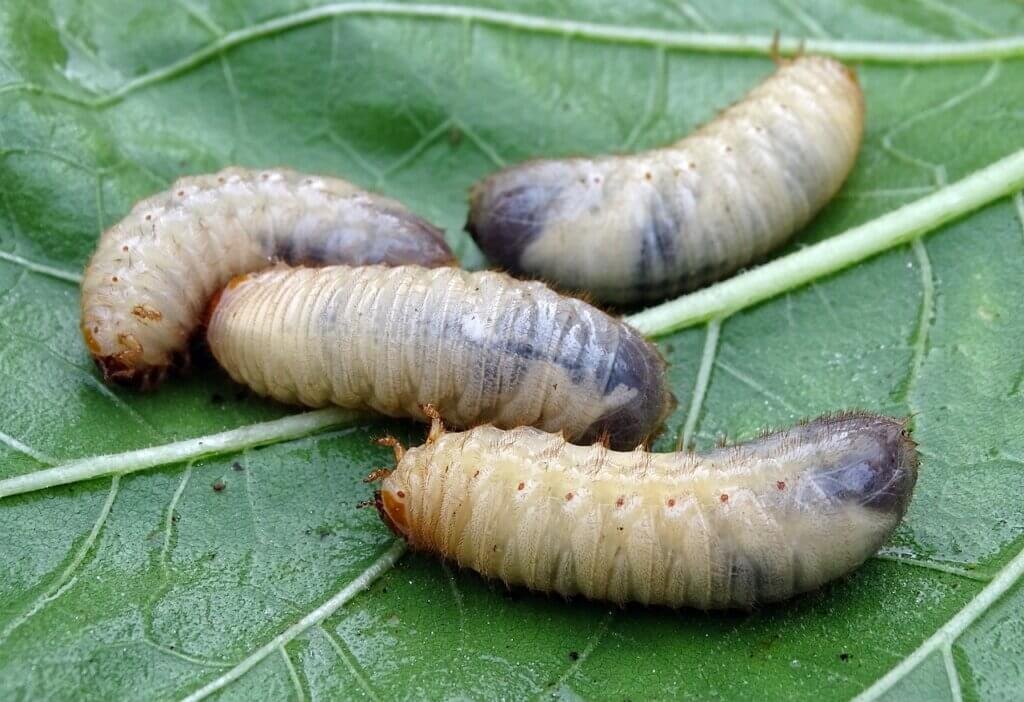
Managing Moisture and Temperature
Moisture and temperature play crucial roles in the composting process. Here’s how to manage them effectively:
Monitoring Moisture Levels
Check the moisture content of your compost pile regularly. A properly moistened pile should feel like a damp sponge. If it’s too dry, add water using a watering can or hose. If it’s too wet, incorporate additional “brown” materials to help absorb excess moisture.
Adjusting Moisture Levels
If you find that your compost pile is consistently too dry, consider covering it with a tarp or sheet to help retain moisture. Conversely, if it’s consistently too wet, increase the amount of “brown” materials in the pile or turn it more frequently to improve airflow and reduce excess moisture.
Monitoring Temperature
Monitor the temperature of your compost pile using a compost thermometer. The internal temperature should ideally reach between 110°F to 160°F (43°C to 71°C) to ensure proper decomposition and kill any weed seeds or pathogens. If the temperature drops significantly, it may indicate that the pile needs more “green” materials or turning.
Providing Adequate Airflow
Proper airflow is essential for composting. Make sure to turn or aerate your compost pile regularly. This helps to introduce oxygen and distribute heat, promoting faster decomposition. Some compost bins come with built-in mechanisms for easy turning, while others require manual turning using a garden fork or compost turner.
Turning the Compost
Turning the compost is an important step that helps to accelerate the decomposition process and ensure an even distribution of heat and nutrients. Here’s what you need to know:
Understanding the Importance of Turning
Turning the compost allows oxygen to penetrate the pile, providing the aerobic conditions necessary for the breakdown of organic matter. It also helps to prevent the pile from becoming compacted and assists in the distribution of heat and moisture throughout the pile.
How often to Turn the Compost
The frequency of turning depends on several factors, including the size of the pile, the materials used, and the desired speed of decomposition. As a general guideline, aim to turn your compost pile every one to two weeks. However, some methods, such as hot composting, may require more frequent turning.
Methods of Turning
There are several methods you can use to turn your compost pile. You can use a garden fork or compost turner to manually mix the materials. For larger compost piles, consider investing in a compost tumbler or aerator, which makes the turning process easier and more efficient.
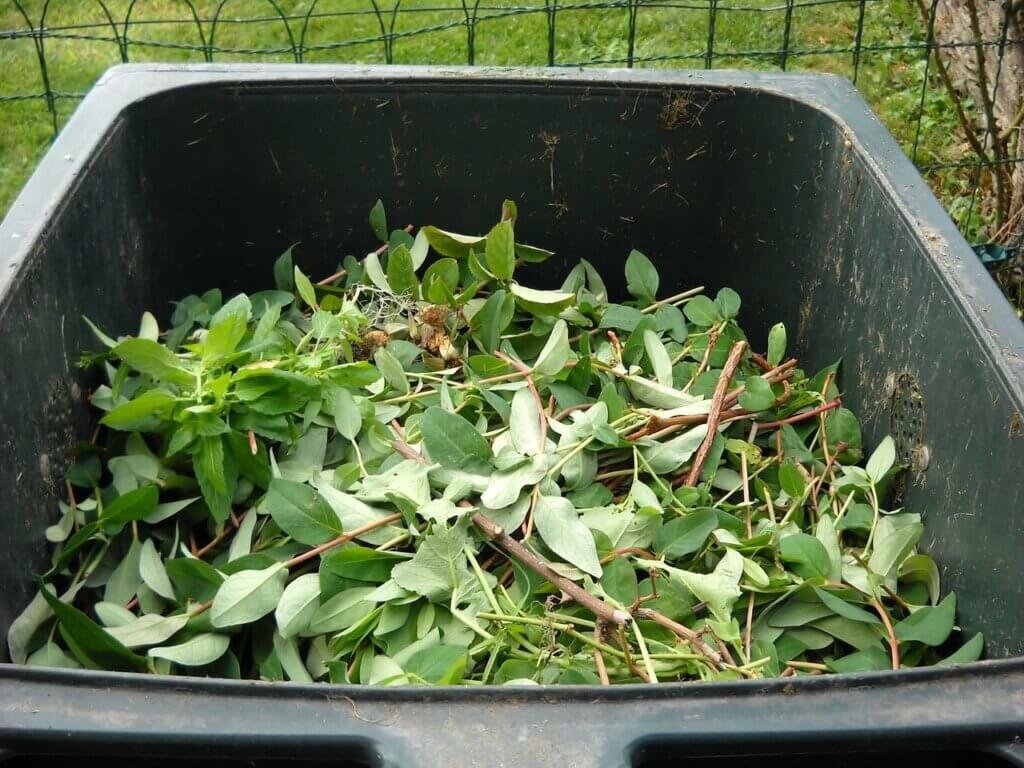
Troubleshooting Common Issues
Sometimes, issues may arise during the composting process. Here are some common problems and how to address them:
Foul Odor
If your compost pile emits a foul odor, it may be due to anaerobic conditions caused by excess moisture or lack of airflow. Turn the pile more frequently, add more “brown” materials to absorb moisture, and avoid adding meat, dairy, or oily foods that can contribute to unpleasant smells.
Pests and Vermin
Unwanted pests and vermin can be attracted to your compost pile, especially if you add food scraps like fruit peels or bread. To discourage pests, bury food scraps under a layer of “brown” materials, avoid adding meat or dairy products, and ensure your compost bin is secure and inaccessible to rodents.
Slow Decomposition
If your compost pile is taking longer than expected to decompose, it may be due to a lack of nitrogen or inadequate moisture. Add more “green” materials, such as grass clippings or vegetable trimmings, and water the pile to maintain proper moisture levels. Turning the pile more frequently can also help to speed up decomposition.
Using Finished Compost
Determining when your compost is ready for use is an important step. Here’s how to know when your compost is fully matured and how to utilize it in your urban garden:
How to Know When Compost is Ready
Finished compost should be dark, crumbly, and have an earthy smell. It should no longer resemble the original materials used in the pile. If you’re unsure, conduct a simple germination test by planting some seeds in the compost. If they grow well, your compost is ready to use.
Applying Compost to Urban Gardens
Spread a layer of finished compost on your garden beds or containers to provide a nutrient-rich environment for your plants. You can also mix compost into potting soil or use it as a top dressing for existing plants. Compost helps to improve soil structure, retain moisture, and supply essential nutrients, promoting healthy plant growth in urban gardening.

Benefits of Composting for Urban Gardening
Composting offers numerous benefits for urban gardening enthusiasts. It reduces waste going to landfills, conserves natural resources, and creates a sustainable source of organic fertilizer. Compost enriches soil quality, improves water retention, and reduces the need for synthetic fertilizers. By composting, you contribute to a healthier urban environment and support the growth of vibrant, thriving gardens.
Conclusion
Composting is a simple and effective way to recycle organic waste and improve soil health in urban gardening. Whether you choose vermicomposting, indoor composting, or outdoor composting, the process remains the same: collect the right materials, create and maintain a compost pile, and utilize the finished compost to nourish your plants. By incorporating composting into your urban gardening routine, you not only benefit your garden but also contribute to a more sustainable and environmentally friendly way of living. Start composting today and reap the rewards of nutrient-rich soil and bountiful urban harvests.
